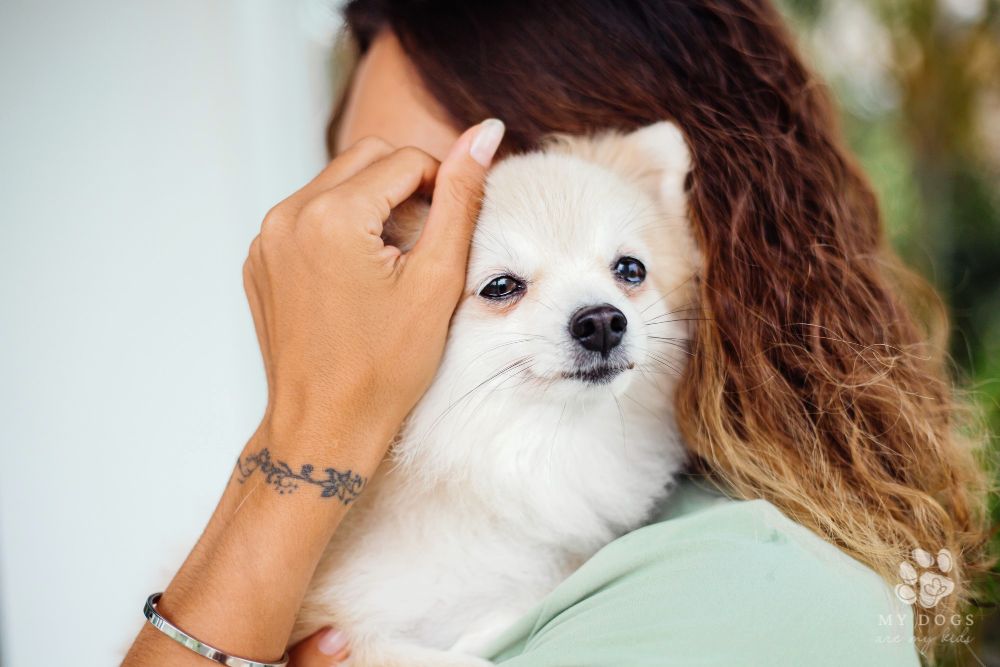Reverse Sneezing in Dogs: What Is It and What Can You Do About It?
This post may contain affiliate links, which means I’ll receive a commission if you purchase through my links, at no extra cost to you. We are a participant in the Amazon Services LLC Associates Program, an affiliate advertising program designed to provide a means for us to earn fees by linking to Amazon.com and affiliated sites.
Reverse sneezing is a condition that is seen more often in dogs than in any other animal.
It is characterized by an explosive inhalation, followed by a period of paroxysmal respiration. The attack lasts for a few seconds to a minute, and is often followed by a bout of coughing.
Disclaimer: The medical/health information is provided for general informational and educational purposes only and is not a substitute for professional advice. Read more.
When your dog reverse sneezes, they will usually stand still with their head and neck extended. You may also see them gag or swallow hard. The episode usually only lasts a few seconds, and your dog will usually be back to normal afterwards.
What is Reverse Sneezing?
Reverse sneezing is a relatively common condition in dogs, and is most often seen in small breeds.
Reverse sneezing in dogs is a condition in which the dog experiences a paroxysmal bout of rapid and forceful inhalation. This condition is also known as inspiratory paradoxes or pharyngeal spasm.
Reverse sneezing is usually caused by an irritation in the palate or pharynx. This can be caused by anything from a foreign body, to allergies, to excitement. In some cases, the cause of the reverse sneezing episode cannot be determined.
Dogs with allergies are especially prone to reverse sneezing, as they are constantly trying to relieve their itchy nose by rubbing and scratching it.
Reverse sneezing usually starts with the dog taking a long, deep inhalation through the nose. This is followed by a series of rapid snorts or sneezes. The dog’s front legs may stiffen and the head may be extended forward.
The whole episode usually lasts for less than a minute, after which the dog will recover and resume normal activity.
How is reverse sneezing treated in dogs?
Although reverse sneezing in dogs may seem alarming, it is usually not a cause for concern. In most cases, no treatment is necessary and the dog will stop reverse sneezing on its own within a minute or two.
However, if your dog is reverse sneezing frequently, is having trouble breathing, or seems to be in distress, it is important to see a veterinarian to rule out any underlying health problems.
How to Help Your Dog
This condition can be scary to witness, as it may look like your dog is gasping for air. However, rest assured that reverse sneezing is not harmful to your dog and is a condition that can be easily managed.
There are a few things that you can do to help prevent your dog from reverse sneezing:
- Try to keep your dog calm and relaxed. If your dog is excited or anxious, this can trigger a reverse sneeze.
- Pay attention to your dog’s environment and try to avoid any irritants that could cause your dog to start reverse sneezing. This could include things like dust, pollen, or even strong scents.
- Watch your dog for any repeated triggers and try to help stop the reverse sneezing attack before it begins.
Overall, reverse sneezing is a common and harmless condition that is seen in dogs.
Reverse sneezing can be a frightening experience for dog owners, but it is usually not a cause for concern. Most dogs will outgrow the condition and do not require treatment.

